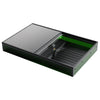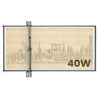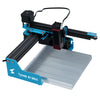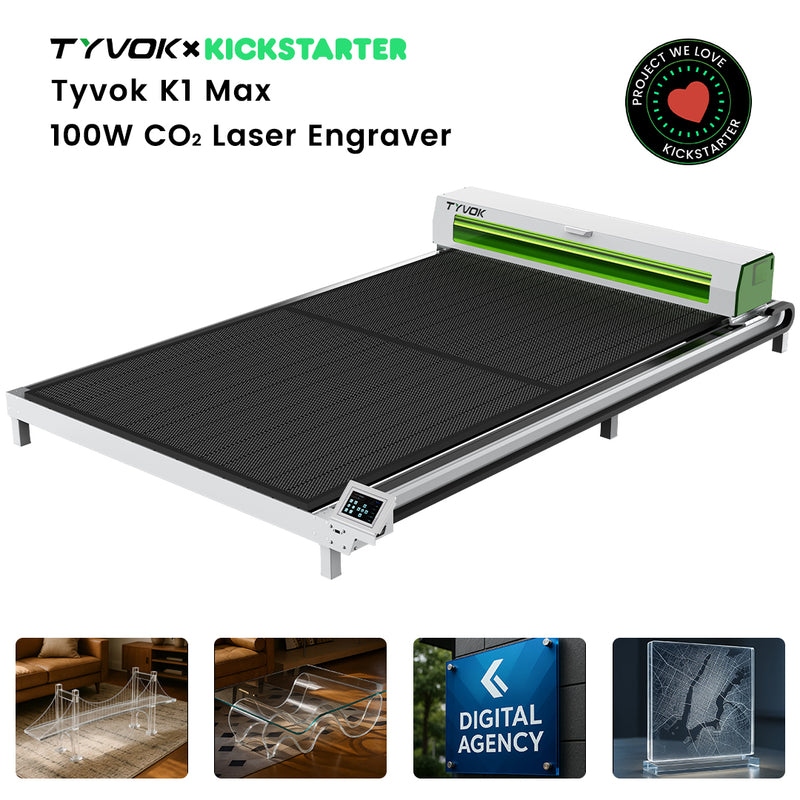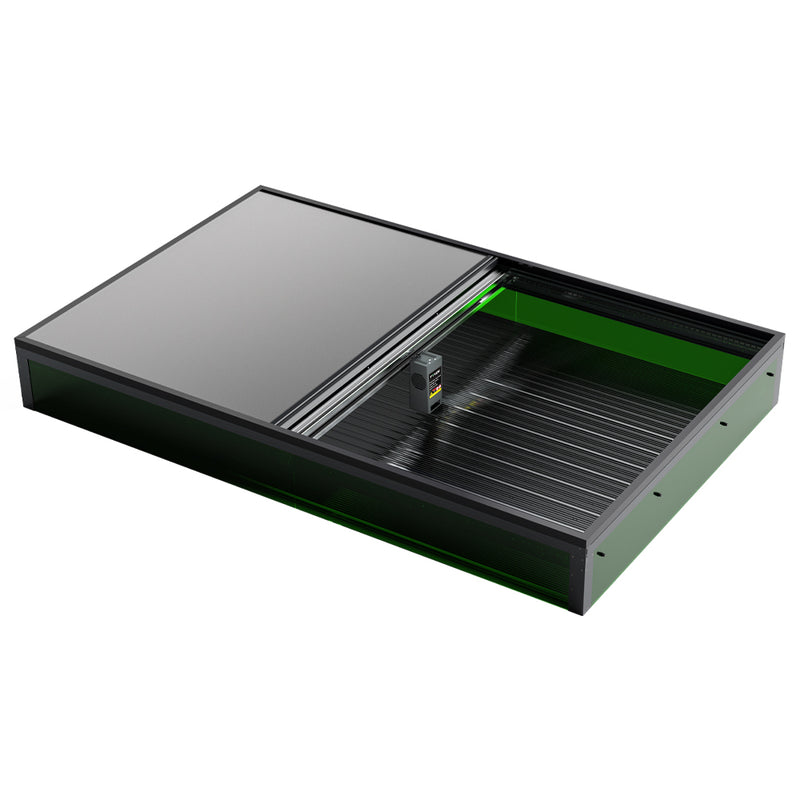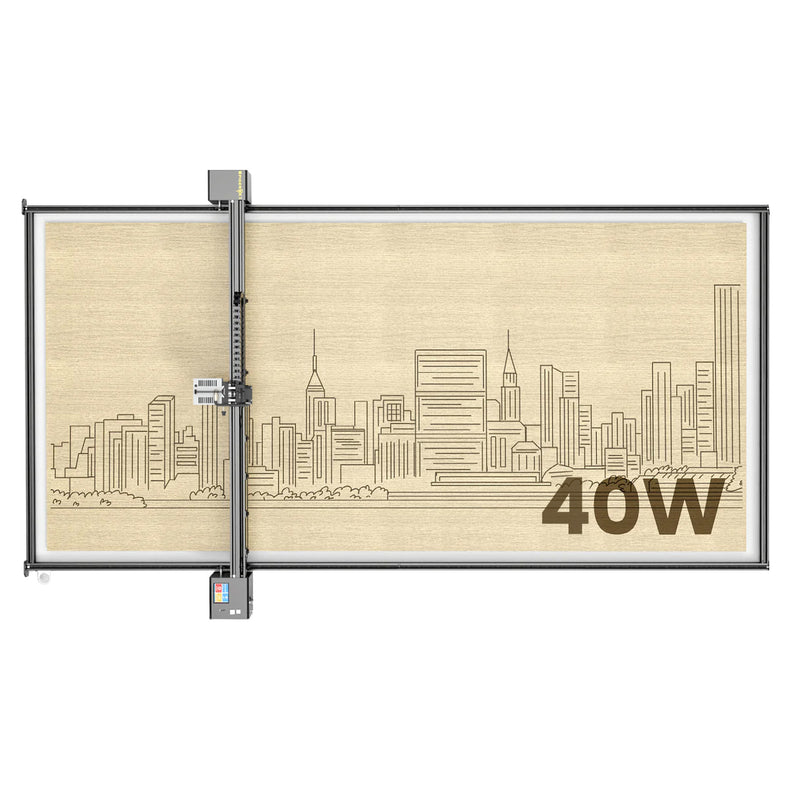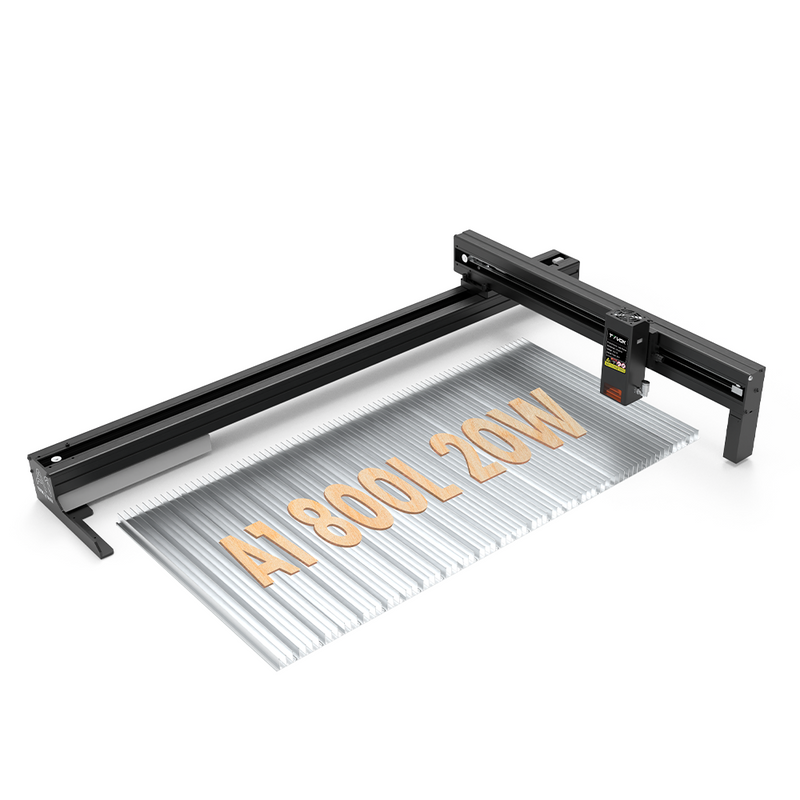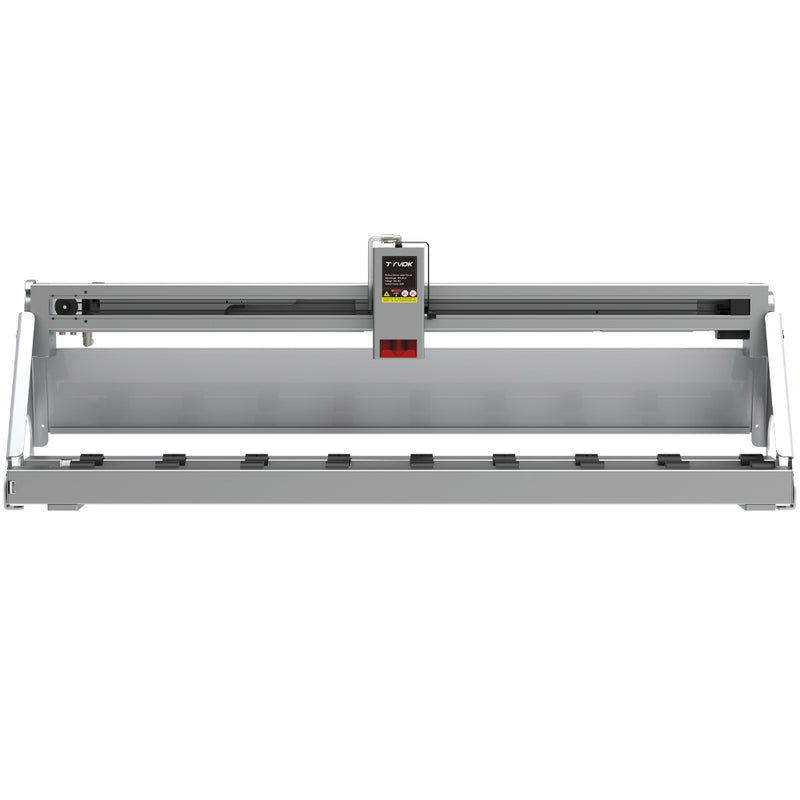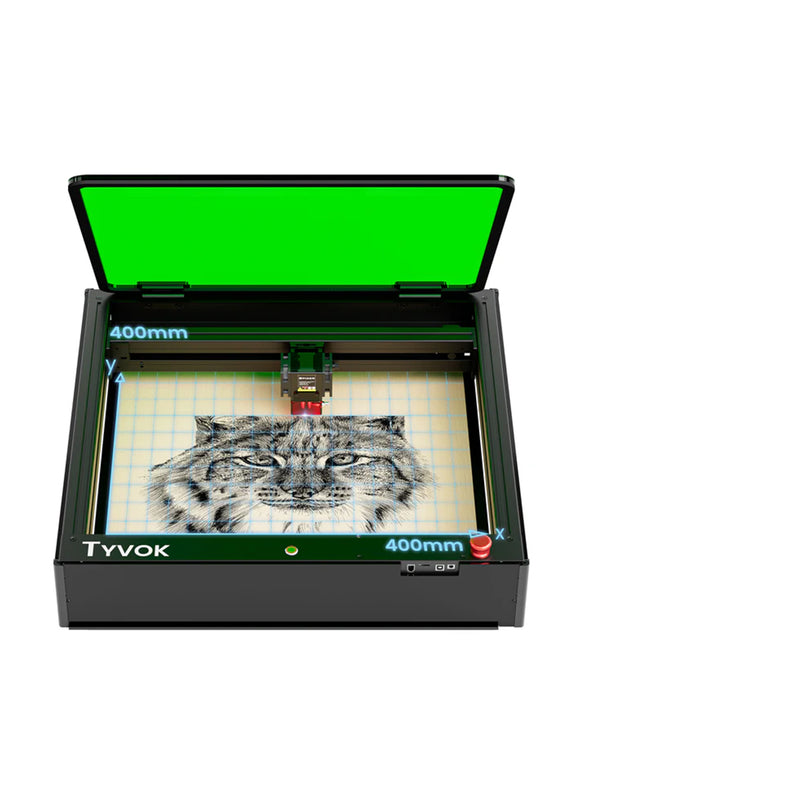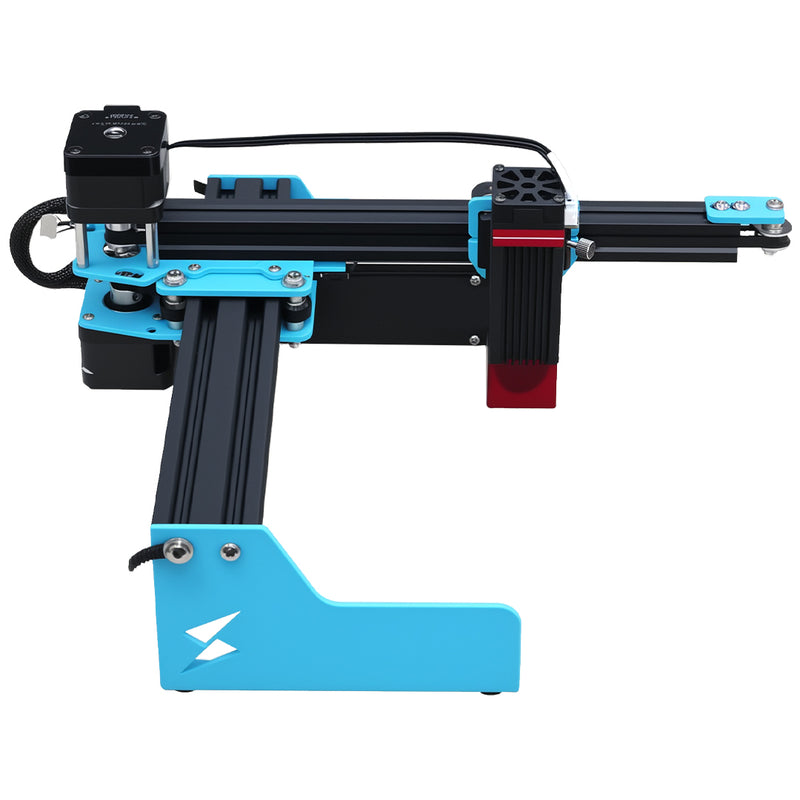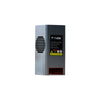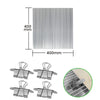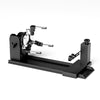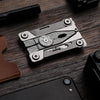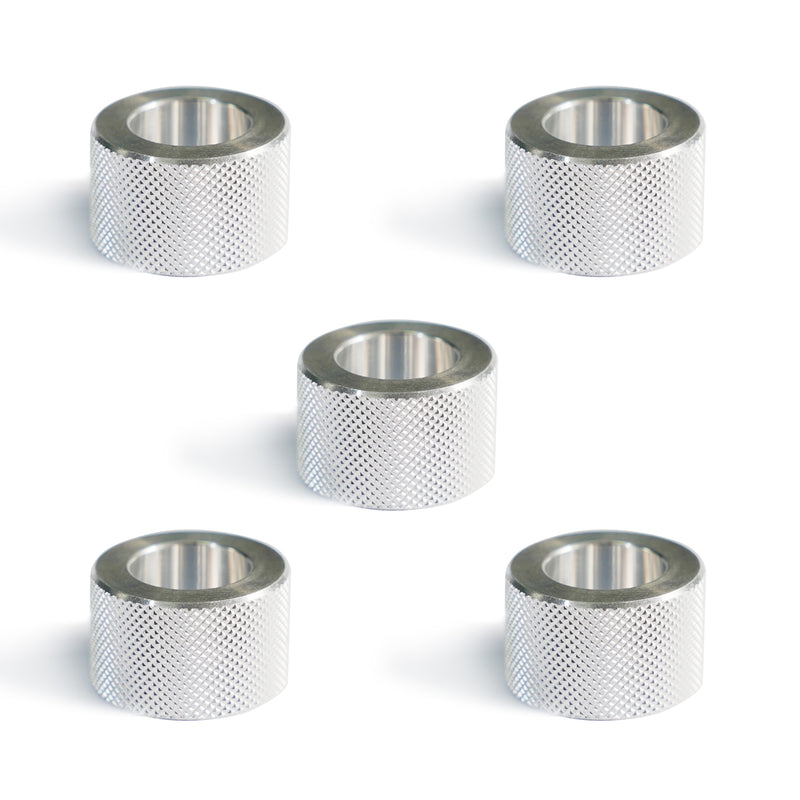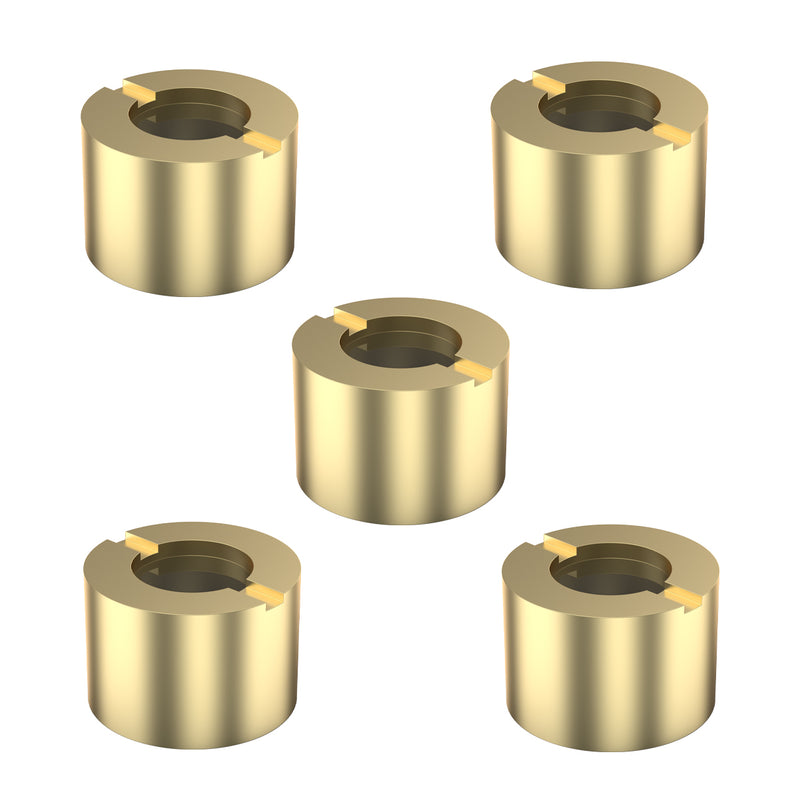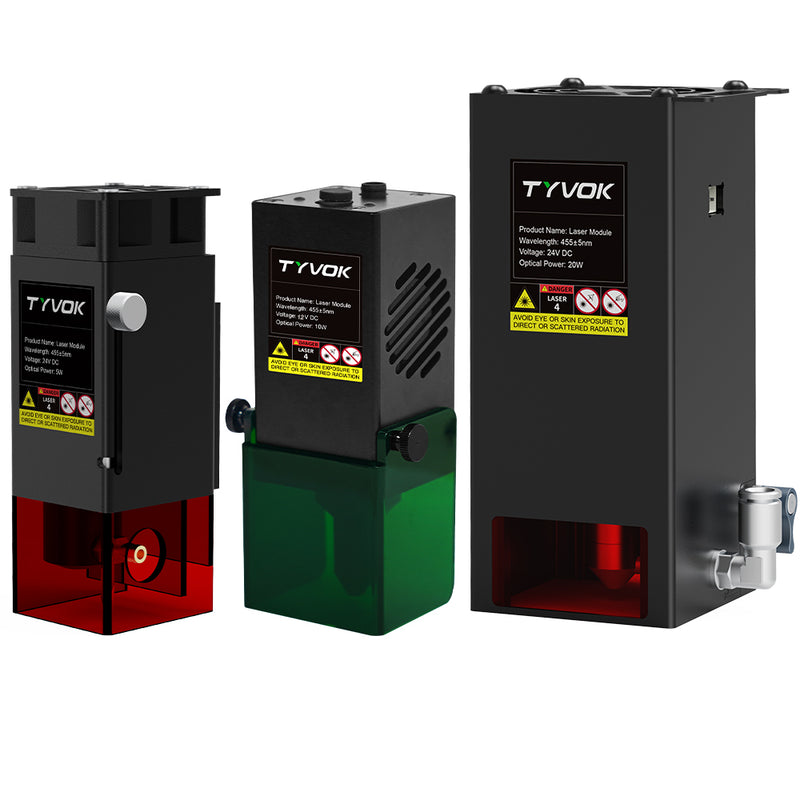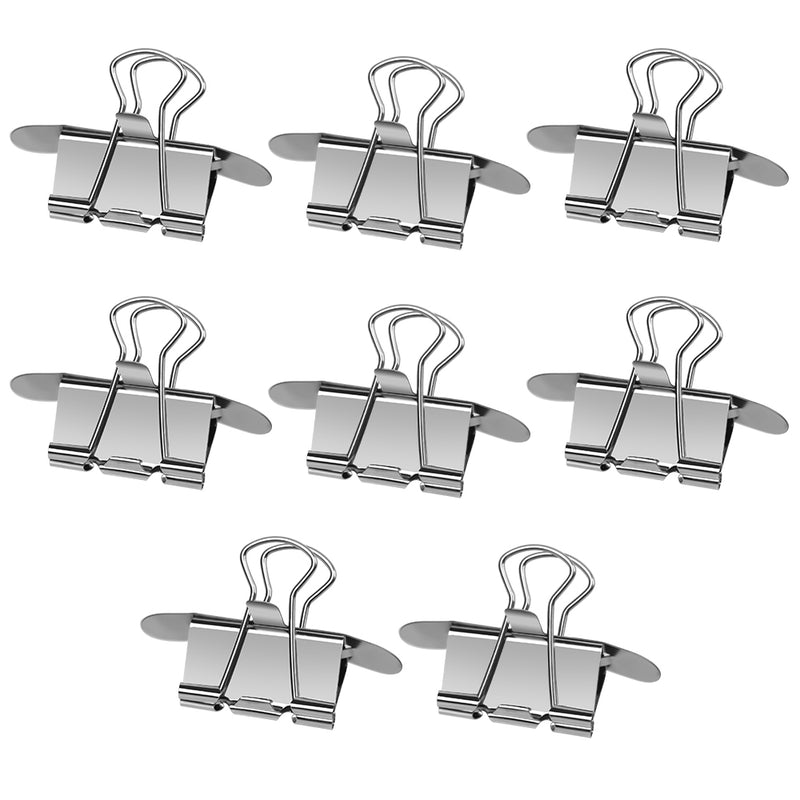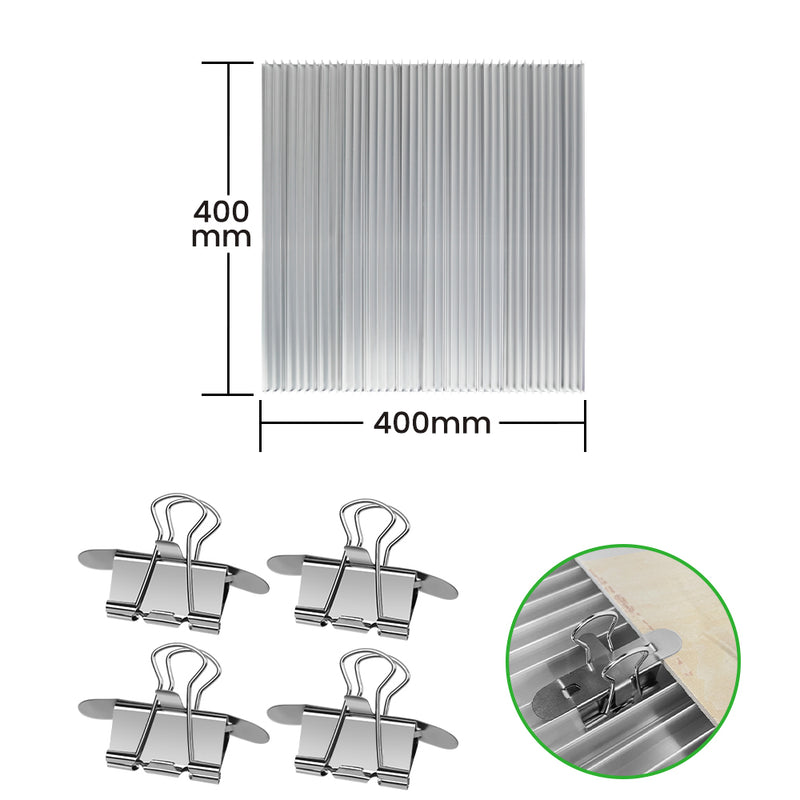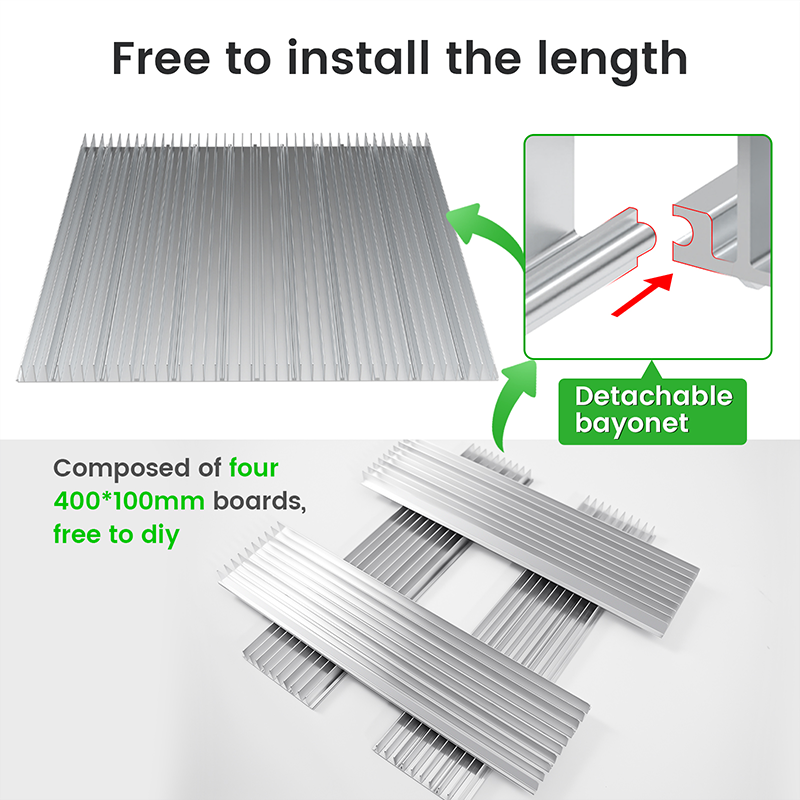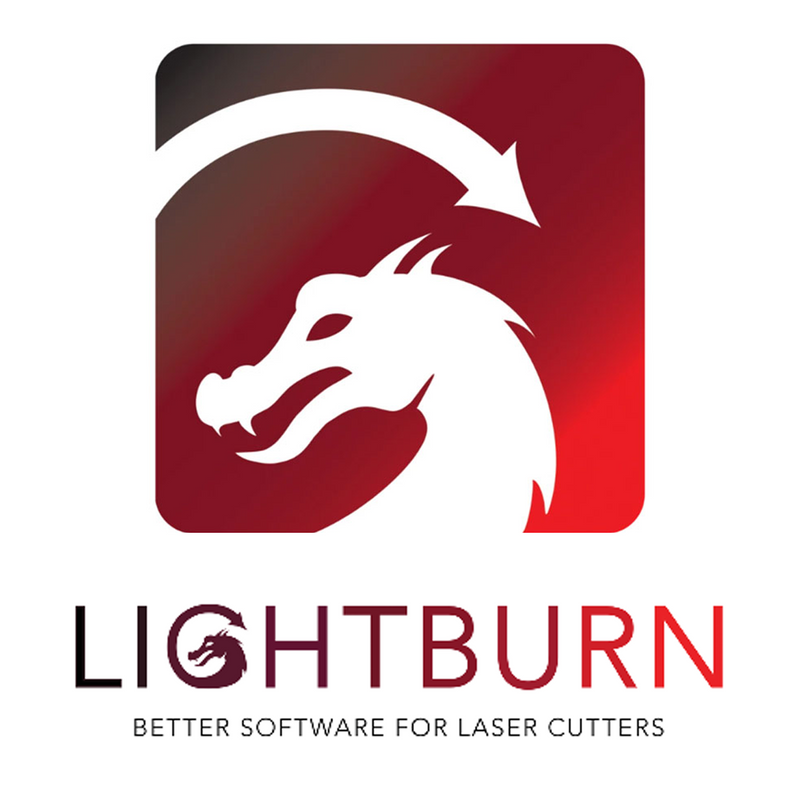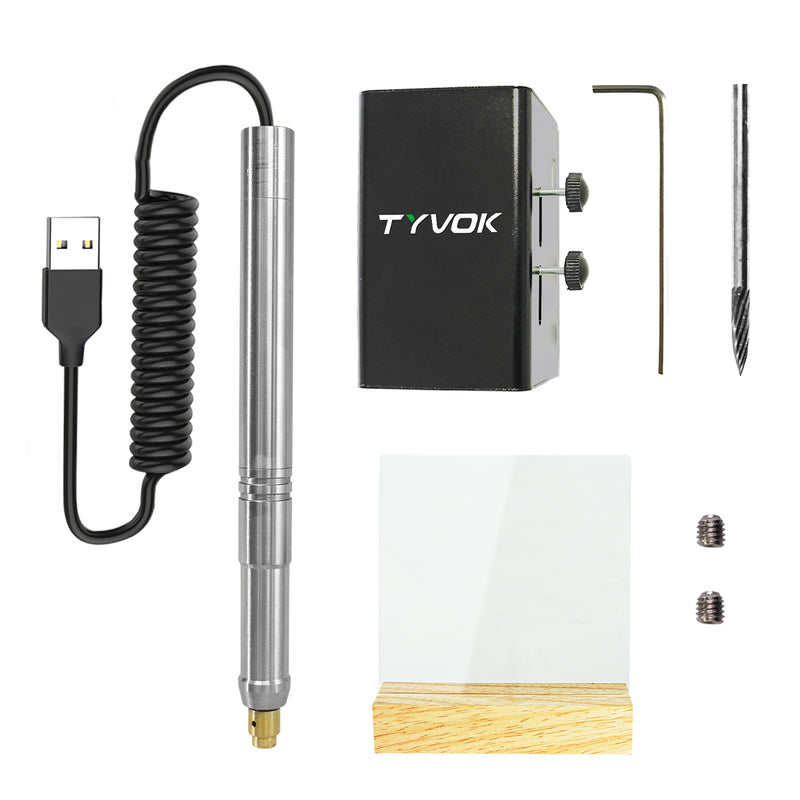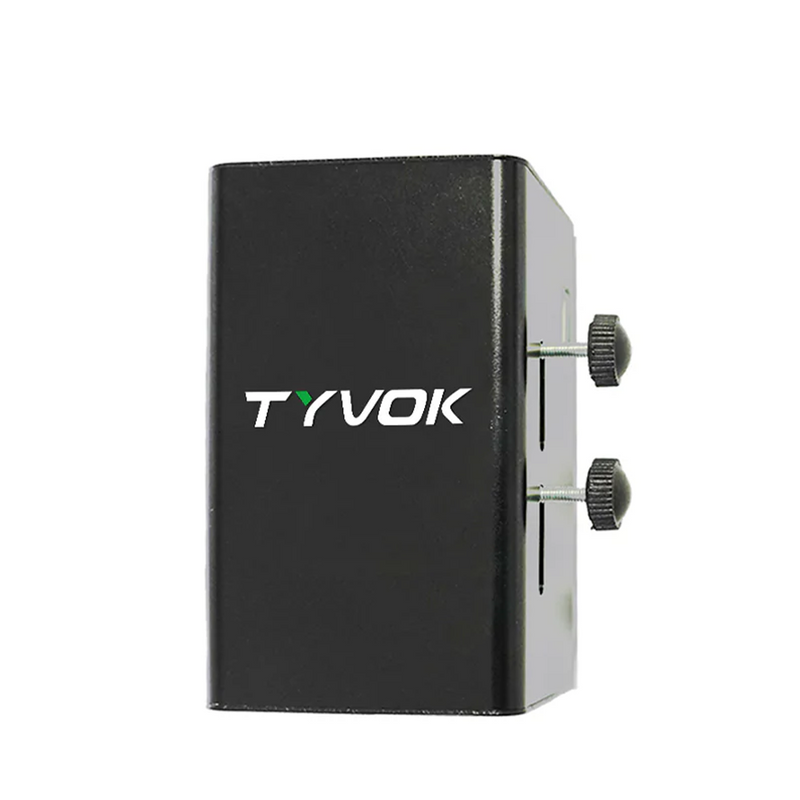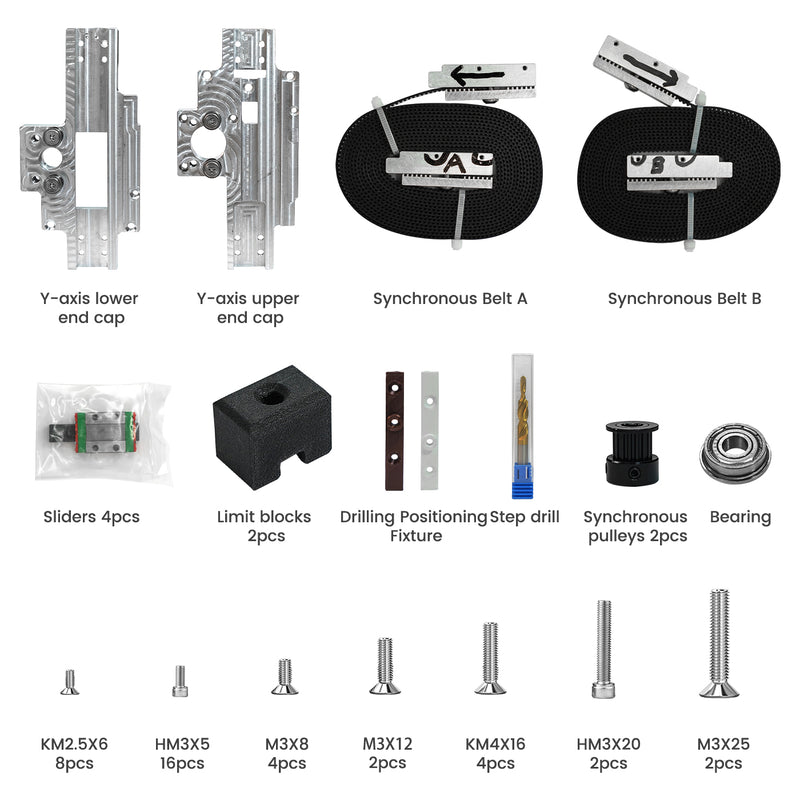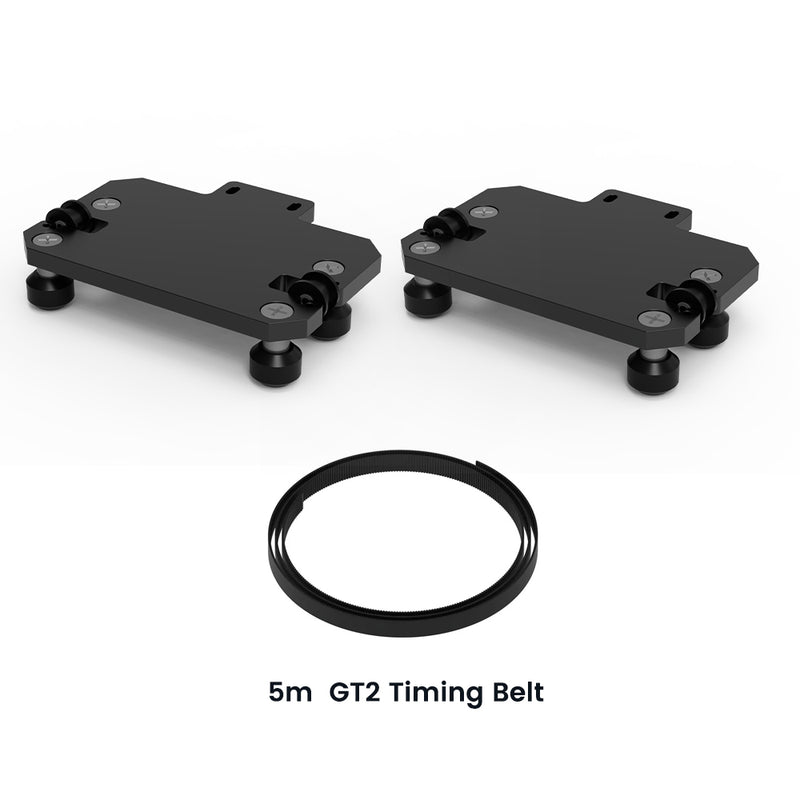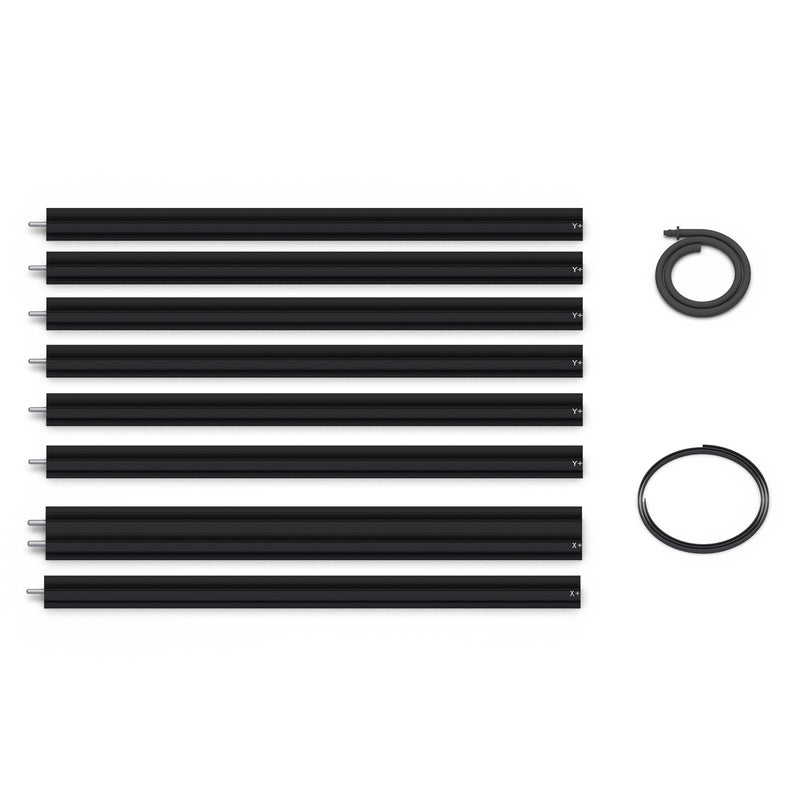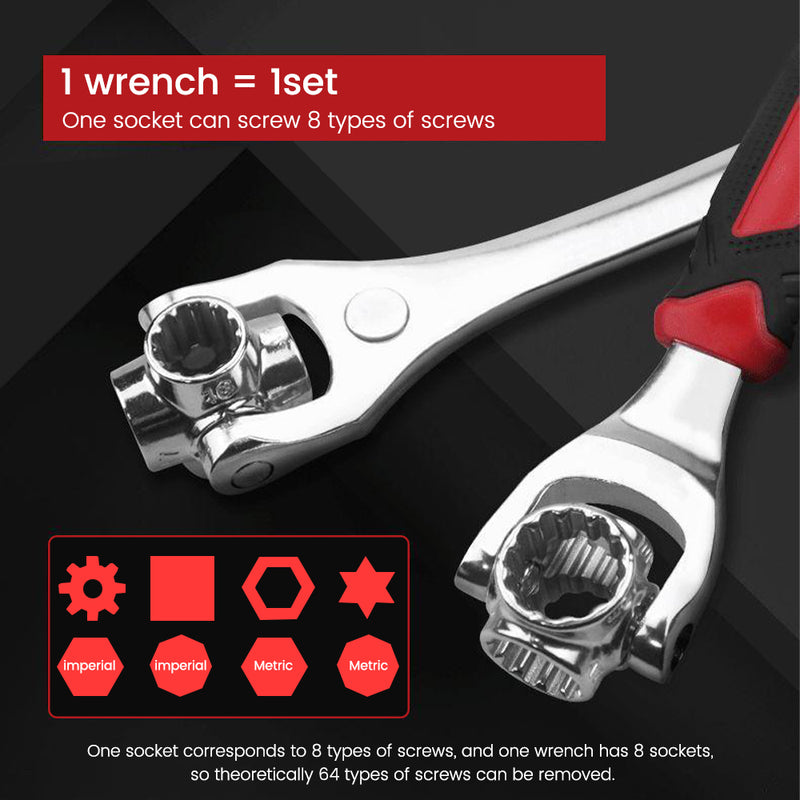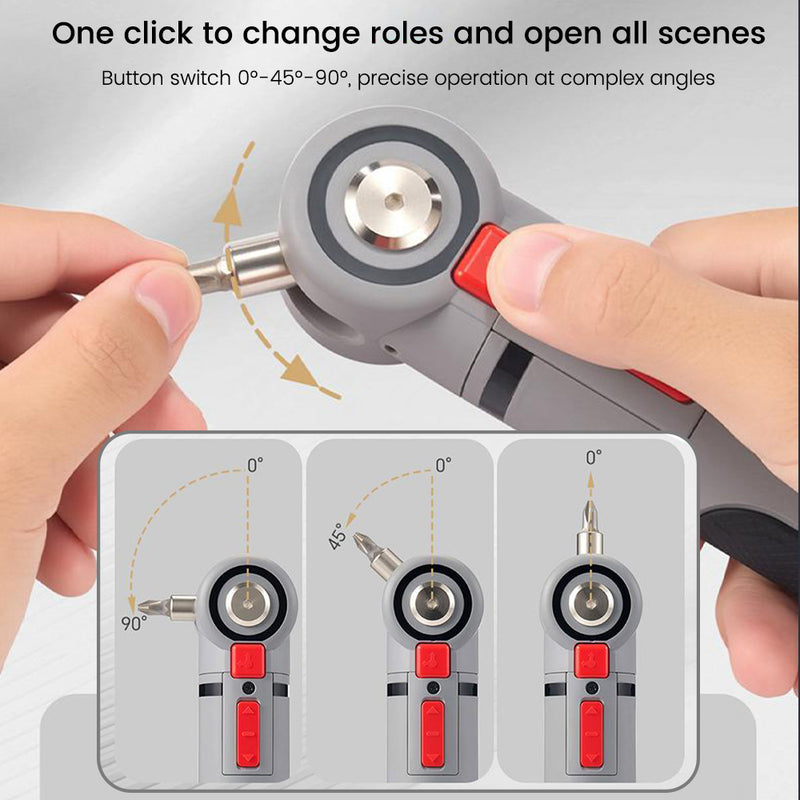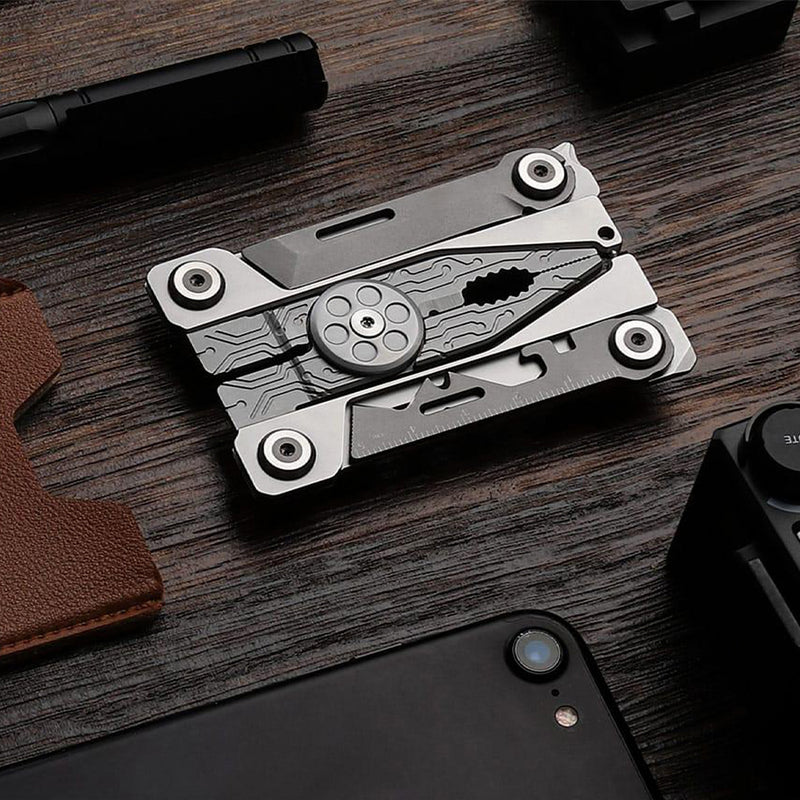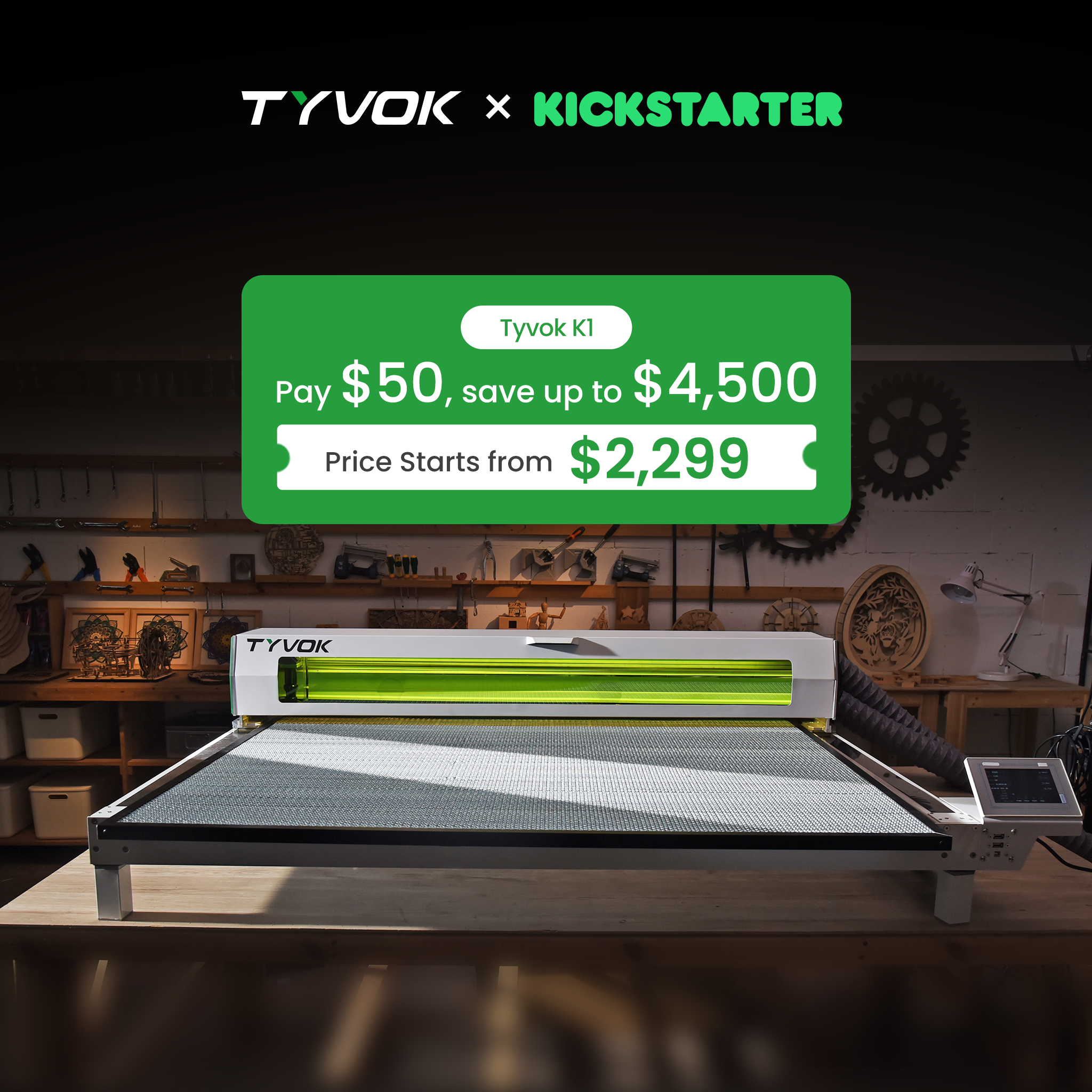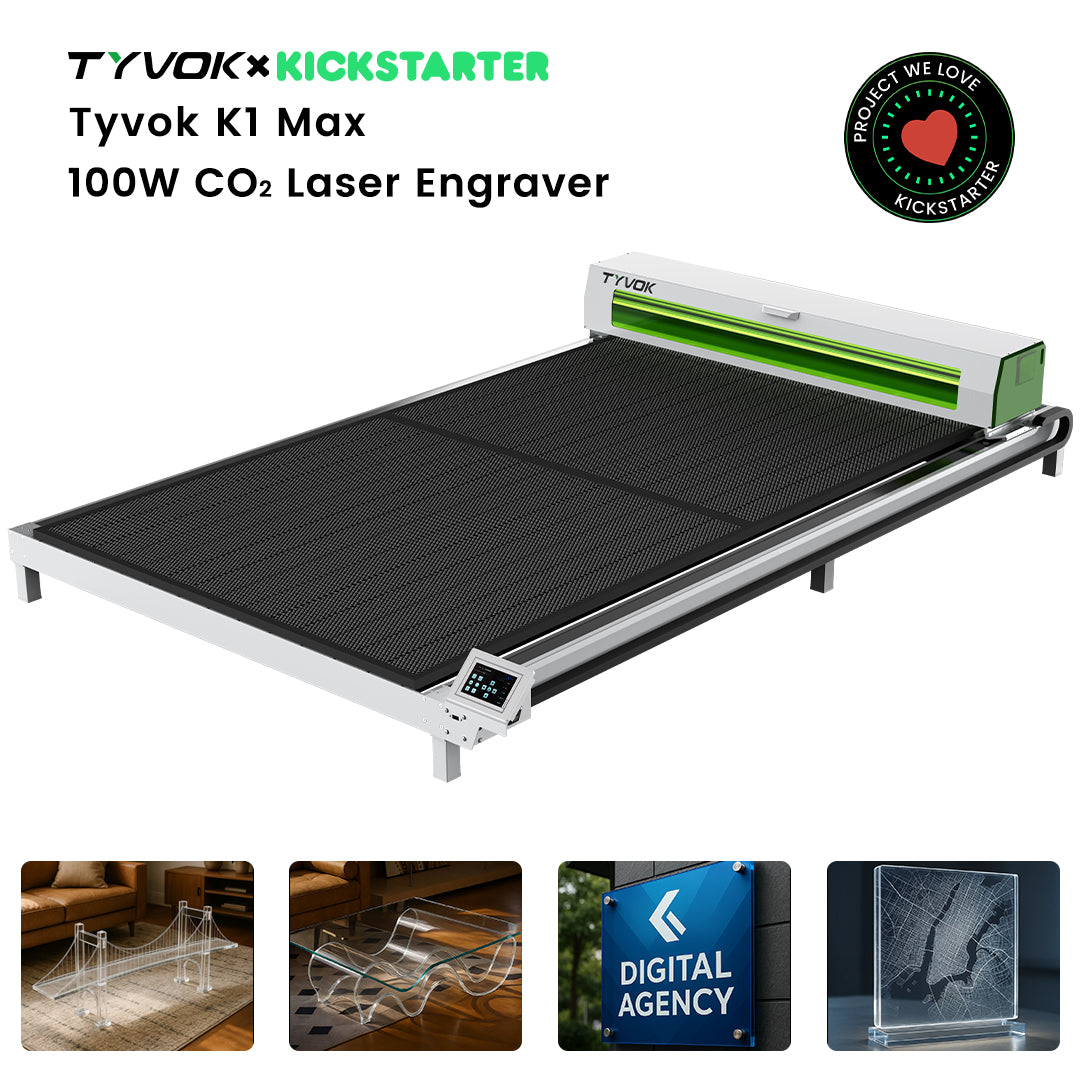La gravure au laser est un procédé polyvalent applicable à un large éventail d'industries et de matériaux. La gravure d'un nouveau matériau peut s'avérer difficile, étant donné le comportement particulier de chaque matériau pendant le processus de gravure, qui s'accompagne de défis uniques.
Cet article décrit sept étapes essentielles pour garantir une gravure laser réussie, quel que soit le matériau utilisé. De plus, il aborde les aspects complets du processus de gravure laser, les protocoles de sécurité et les différents types de gravure laser.

Assurez-vous que le graveur laser est placé dans un environnement avec un éclairage et une ventilation optimaux. Si vous utilisez un graveur laser de table, vérifiez la stabilité de la table de support. Après le positionnement, connectez le câble d'alimentation, respectez les procédures recommandées décrites dans le manuel de l'opérateur et inspectez méticuleusement la machine de découpe laser pour détecter d'éventuels corps étrangers, en vous assurant que l'optique reste intacte.
2. Sélection des matériauxLors de la sélection des matériaux pour la gravure au laser, il est essentiel de comprendre les limites de la machine de gravure. Alors que les graveurs laser d'entrée de gamme, tels que Tyvok Spider X1S gère des matériaux comme le bois, le plastique, le cuir et le verre. Des machines plus puissantes sont nécessaires pour les matériaux difficiles comme l'acier. Évitez de graver des matériaux qui émettent des fumées nocives ou qui sont susceptibles de s'enflammer. Les exemples incluent le PVC, le PTFE et le cuir artificiel. Soyez prudent lorsque vous travaillez avec des matériaux inflammables comme le papier, en les manipulant avec précaution. La taille du matériau est limitée par la table de travail du graveur, ce qui nécessite une découpe à la taille si la matière première dépasse ces dimensions.

Le positionnement correct de la matière première sur la table de travail du graveur laser est impératif pour garantir une gravure précise de la section désignée. Certaines machines de gravure laser sont équipées de caméras intégrées facilitant l'alignement du motif prévu avec la pièce brute réelle. Cet alignement est essentiel pour l'attrait esthétique, en particulier lorsque l'on prend en compte des facteurs tels que la direction du grain du bois par rapport au motif. Les machines de gravure laser plus simples peuvent nécessiter l'alignement d'un coin du matériau avec un point d'origine sur la table de travail.
4. Sélection du logiciel de gravure laserLe logiciel de gravure laser est une condition préalable à la conversion des dessins en instructions machine. Certains graveurs sont livrés avec un logiciel propriétaire, tandis que d'autres nécessitent l'installation de logiciels tiers tels que Laser GRBL (un programme gratuit populaire) ou Lightburn (un logiciel payant couramment utilisé). La compatibilité avec le graveur laser et la prise en charge de la fonctionnalité de gravure sont des considérations clés.

Après avoir sélectionné le logiciel, importez la conception et commencez le processus de conversion en instructions machine. Les paramètres cruciaux incluent la vitesse, la puissance du laser et le nombre de passes. Le réglage de ces paramètres dépend du matériau, la vitesse et la puissance du laser dépendant du matériau gravé. Le nombre de passes détermine la profondeur de la gravure au laser. Une gravure profonde nécessite soit un laser plus puissant, soit des passes de gravure supplémentaires. Il est utile de se référer au manuel d'utilisation du fabricant d'origine pour les paramètres corrects, bien que certains essais et erreurs puissent être nécessaires pour des résultats optimaux. Utilisez des chutes de matériaux pour affiner les paramètres.

Bien que les graveurs laser fonctionnent à des plages de puissance inférieures à celles des machines de découpe laser dédiées, la lumière laser reste susceptible de provoquer de graves brûlures et des lésions oculaires permanentes. Utilisez une protection oculaire spécifique au laser conçue pour bloquer la longueur d'onde spécifique du graveur laser. Enfermez l'opération de gravure laser derrière un écran de sécurité, avec un système de verrouillage empêchant le fonctionnement du laser lorsque l'écran est ouvert.
De plus, certains matériaux peuvent dégager des fumées lors de la gravure, qui, bien que pas toujours toxiques, doivent être évacuées à l'extérieur. Le feu présente un risque de sécurité important, en particulier pour les matériaux présentant un point d'inflammation bas. La mise en œuvre de mesures de sécurité appropriées est primordiale avant de commencer le processus de gravure. La vigilance lors de la première utilisation d'un nouveau matériau est recommandée.

Bien que la gravure au laser soit plus propre que la gravure traditionnelle à l'aide d'outils rotatifs, un certain nettoyage reste nécessaire à la fois pour la pièce gravée et pour la machine. Les particules générées lors de l'éjection de matériau fondu ou vaporisé de la pièce doivent être éliminées. Avant de commencer le nettoyage, assurez-vous que la machine est éteinte. Des lingettes nettoyantes pour lentilles dédiées sont recommandées pour nettoyer les optiques laser sans les endommager. Évitez d'utiliser des solvants, des produits chimiques corrosifs ou des nettoyants abrasifs sur les composants optiques. Les autres parties du graveur laser peuvent être nettoyées avec un chiffon en microfibre humide.
Comprendre la gravure laser : La gravure laser consiste à retirer de la matière en vaporisant les couches superficielles d'une pièce. Cette technique, également appelée ablation laser, trouve des applications dans les domaines industriels et artistiques, réalisée sur des machines de gravure laser dédiées ou des découpeuses laser plus puissantes.

Comment fonctionne la gravure au laser : Le processus consiste à focaliser un laser sur la surface du matériau, ce qui entraîne une vaporisation et une transformation instantanées d'un solide en gaz ou en plasma. Une énergie laser plus importante permet une gravure plus profonde, avec plusieurs passes utilisées pour éviter une accumulation excessive de chaleur.
Qui utilise la gravure au laser : Les ingénieurs, les artistes et les amateurs de divers secteurs utilisent la gravure au laser pour marquer des composants et des conceptions artistiques. Elle est largement utilisée pour créer un marquage et une sérialisation durables dans les applications industrielles, ainsi que dans les applications artistiques telles que la gravure de motifs sur bois. La gravure au laser est également répandue dans la création de vêtements et d'accessoires personnalisés.

Facteurs clés pour une gravure laser réussie de différents matériaux : Le comportement de chaque matériau pendant la gravure laser est déterminé par ses propriétés spécifiques, ce qui nécessite des ajustements au processus de gravure. Les considérations clés incluent le type de laser (CO2 ou fibre), la puissance du laser, les besoins de refroidissement et les réglages de vitesse pour des résultats optimaux sur différents matériaux. Les lasers CO2 sont bien adaptés aux matériaux organiques comme le bois et le cuir, tandis que les lasers à fibre sont plus adaptés aux métaux. Les lasers haute puissance sont essentiels pour les matériaux à températures de vaporisation élevées. Le refroidissement, souvent sous forme d'air à haute pression, est nécessaire pour certains matériaux pendant le processus de gravure. Les métaux peuvent nécessiter des vitesses de gravure plus lentes par rapport aux matériaux plus faciles à graver comme le bois.

Cliquez pour en savoir plus sur Araignée X1S et Araignée A1 machines de gravure laser, achetez-les maintenant et commencez votre voyage créatif !
